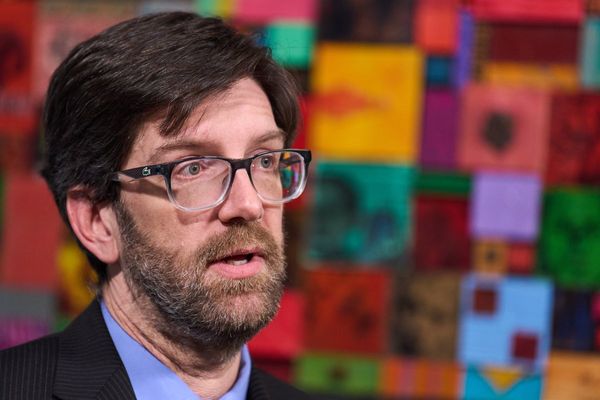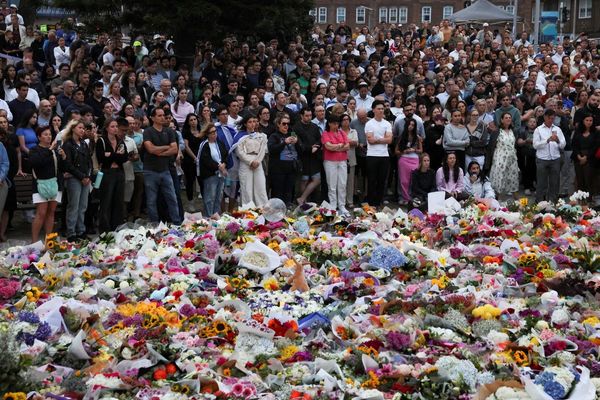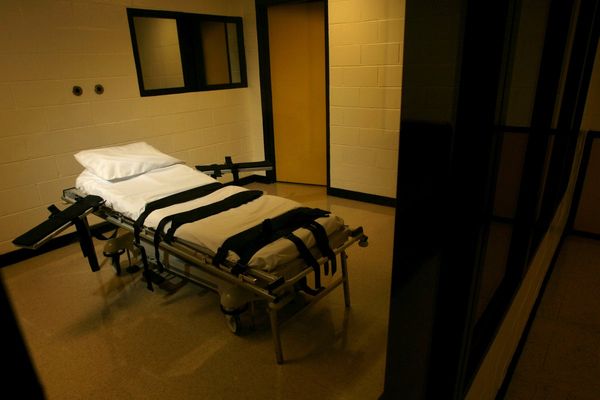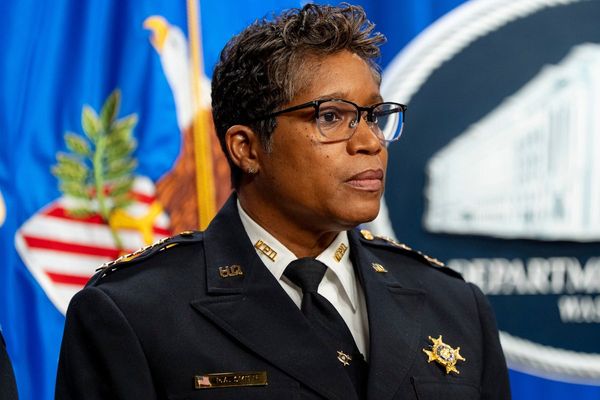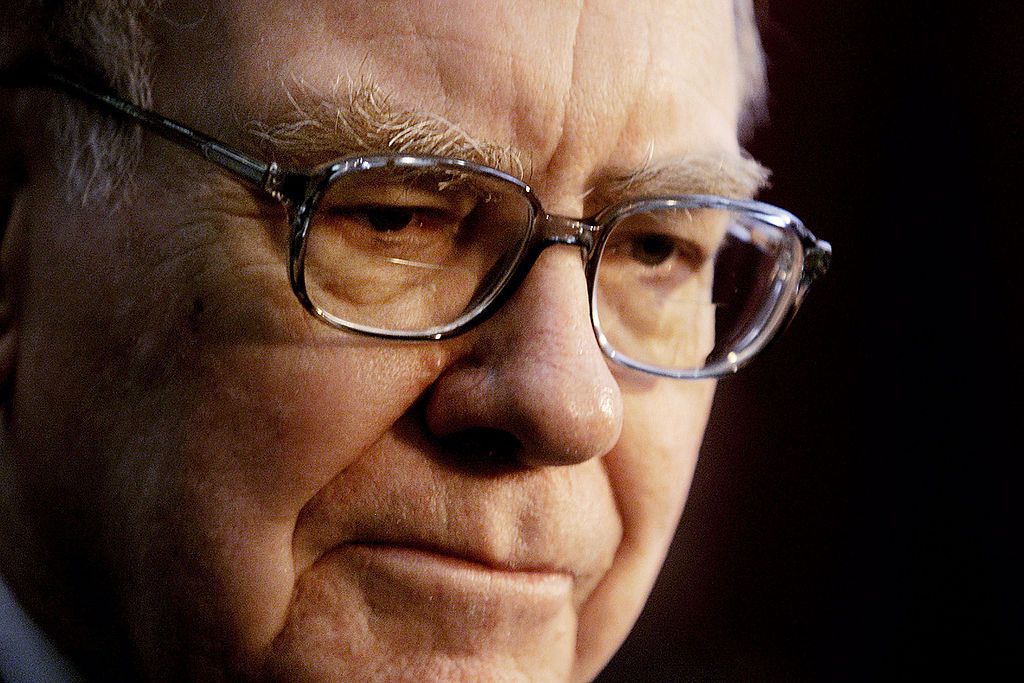
Warren Buffett is known as the greatest long-term investor of all time, but that kind of gives him short shrift. When the Oracle of Omaha steps down as CEO of Berkshire Hathaway (BRK.B) at the end of 2025, it will mark the end of the career of the greatest capital allocator of all time.
What's the difference? Market participants who pore over which stocks Buffett is buying and selling every quarter forget that Berkshire is essentially a conglomerate with massive insurance operations at its core.
That's not to denigrate Buffett and his late partner Charlie Munger's stock-picking skills. They are legendary. But the company's equity holdings are just a part of Berkshire stock's incomparable run over the past 60 years.
Recall that Berkshire Hathaway was a struggling textile firm when Buffett took control in 1965. Over the ensuing years, Buffett converted it into a holding company, or a company that buys other companies.
Buffett's first target was an insurance company, and the insurance business continues to be at the core of its operations today.
The insurance business was especially attractive to Buffett because of float, or the money insurance companies hold between collecting premiums and paying out claims.
Thanks to the float from Berkshire's insurance companies, Buffett had a source of permanent capital to go shopping for other businesses and equities.
The end result is a sprawling set of wholly owned subsidiaries that collectively represent an endlessly optimistic bet on the dynamism of the U.S. economy.
Geico insurance is perhaps the crown jewel of Berkshire's businesses, but more than 60 other companies also contribute to its bottom line.
Plenty of folks might know that BNSF Railway, industrial titan Precision Castparts and Duracell are among Berkshire's businesses. But let's not forget about smaller operations such as Dairy Queen, Froot of the Loom, See's Candies and the wonderfully named Acme Brick Company.
Below, we feature some of Berkshire's high- and lowlights over the past six decades.
1965: Buffett takes control of struggling textile manufacturer Berkshire Hathaway – ironically, a purchase he would later deem "my first mistake."
1967: Berkshire Hathaway pays a dividend of 10 cents a share – the first and only dividend the company has ever paid.
1976: Buffett buys 1 million shares in insurance company Geico at about $2 per share. The stock had traded at $61 per share in 1972. Buffett first bought shares in 1951; Geico became a wholly owned Berkshire subsidiary in 1996.
1988: Berkshire starts buying Coca-Cola (KO), purchasing a 7% stake in the consumer staples stock for just over $1 billion. Today, Coke is Berkshire's third-largest holding, worth some $26.6 billion.
1993: Buffett buys Dexter Shoe for $433 million in Berkshire stock. Not only does the business eventually fail, but the shares paid would today be worth roughly $19 billion.
1996: Berkshire issues Class B shares, priced at $23.20, or one-thirtieth of the Class A shares. The B shares traded at $504 in May, up more than 2,000%.
2010: Berkshire makes the largest business acquisition in the company's history, buying Burlington Northern Santa Fe Railway for $44 billion.
2016: Buffett starts buying stock in Apple (AAPL), overcoming an aversion to tech stocks when he realizes – after noticing customers in line at a local Dairy Queen absorbed in their iPhones – that Apple is also a consumer products company.
2025: Buffett announces his retirement at the end of the year, "setting a gold standard for how corporate succession should be planned and implemented," says David Kass, a finance professor at the University of Maryland.
Note: The timeline of Berkshire's high- and lowlights first appeared in Kiplinger Personal Finance Magazine, a monthly, trustworthy source of advice and guidance. Subscribe to help you make more money and keep more of the money you make here.
